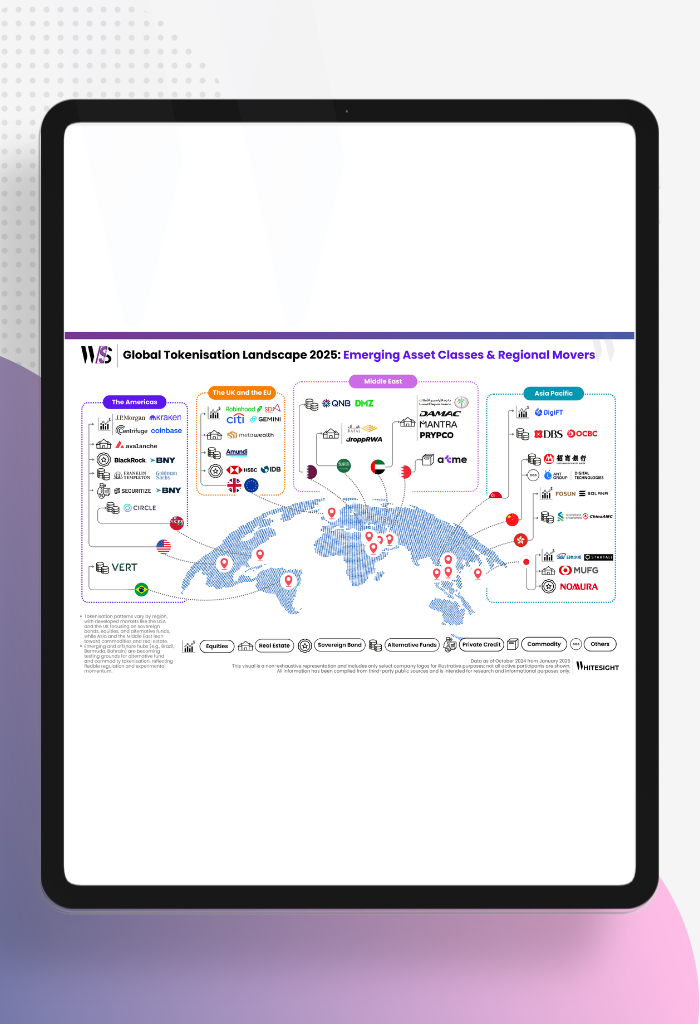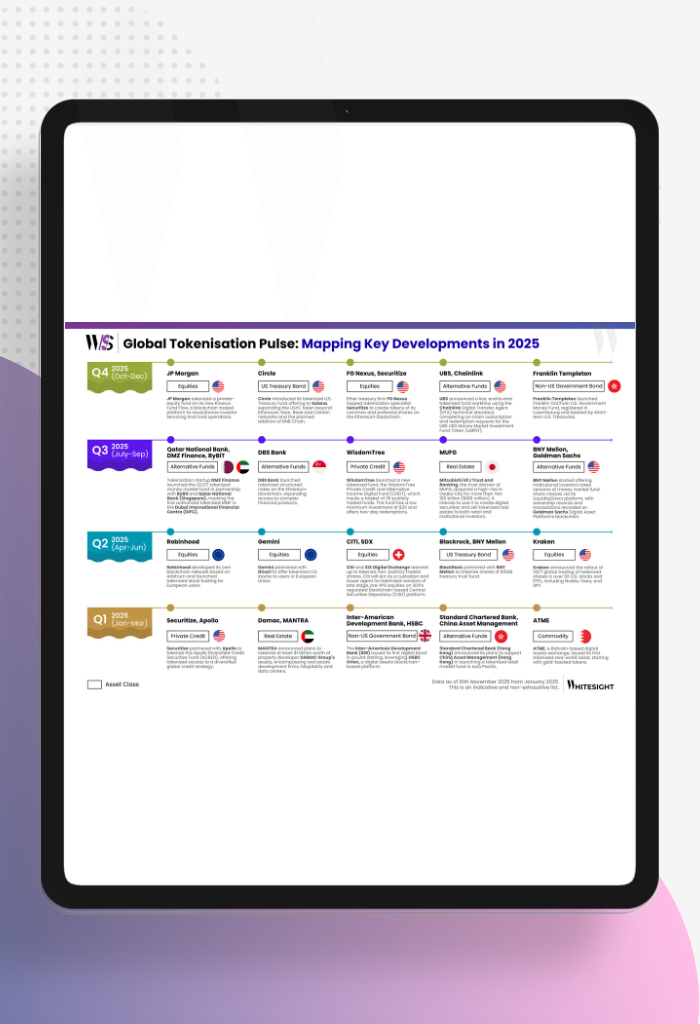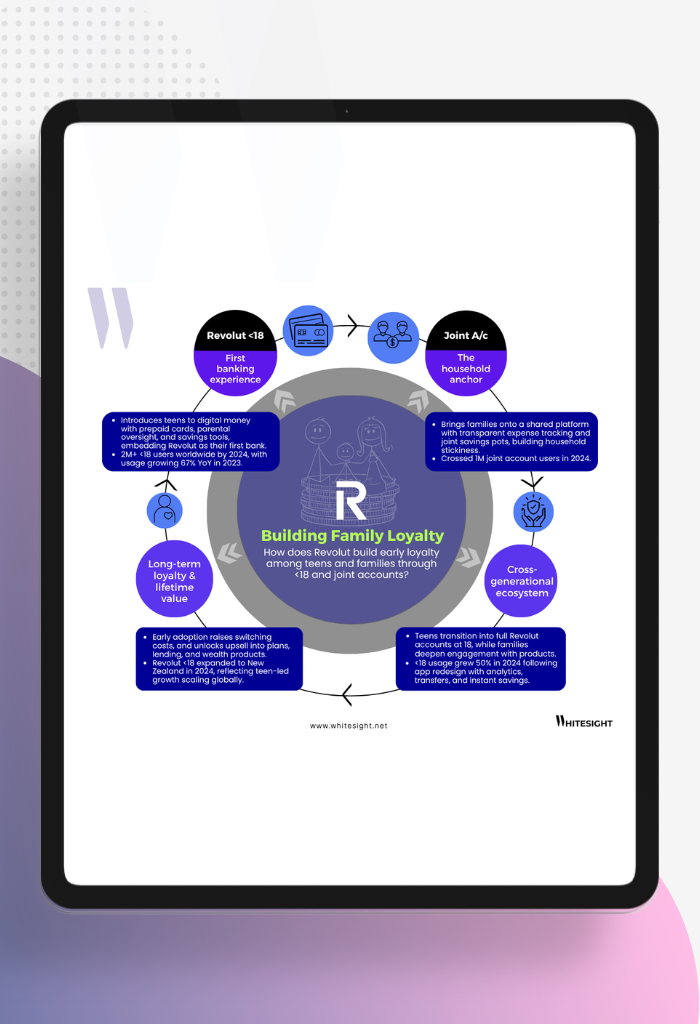Stripe’s Layered Play for Digital Assets Dominance
Connecting Commerce, Cards, Wallets, and Rails in One Integrated Stack
When Stripe’s mission is to “grow the GDP of the internet,” it means thinking in decades, not quarters. The company’s recent moves show a clear understanding that the future of money online will be programmable, borderless, and composable. Stablecoins and digital asset infrastructure are not a side experiment for Stripe – they are becoming an integrated part of its core payments stack.
What stands out in this strategy is the layering. Stripe is not treating digital assets as a bolt-on capability. Each component connects with the next, creating a stack that strengthens with every addition. Viewed as a whole, this is less about adding products and more about engineering a network that Stripe can fully control from merchant onboarding to final settlement.
Layer 1: Merchant Distribution
The base of the stack is the vast network of merchants already using Stripe. Millions of businesses around the world trust Stripe with payments, and this scale gives it immediate distribution for any new product. The merchant relationship is more than transaction processing; it is a bridge into every sector of the digital economy. Adding stablecoin support here means the market is already primed, with minimal education required and no need to build a user base from scratch.
Layer 2: Stablecoin On/Off-Ramps
Bridge, the $1.1 billion acquisition, serves a pivotal role. Stablecoins have undeniable utility for speed and cost efficiency, but adoption depends on easy conversion to and from fiat. By controlling the on/off-ramps, Stripe inserts itself into the most sensitive and regulated point of the value flow. It is a move that secures compliance, trust, and liquidity at the same time. This capability also gives Stripe leverage in cross-border transactions, where stablecoins can cut both cost and time by orders of magnitude compared to traditional rails.
Layer 3: Wallet Infrastructure
The Privy acquisition is a statement about where Stripe sees digital asset experiences going. For years, wallet UX has been a barrier to mainstream adoption. Privy’s infrastructure integrates wallets and identity seamlessly into applications, allowing businesses to embed digital asset capabilities without requiring end users to handle complex keys or unfamiliar interfaces. This is Stripe removing a bottleneck; once wallets are frictionless, developers can treat stablecoin and tokenized value flows as another API endpoint.
Layer 4: Programmable Accounts
With programmable stablecoin accounts, Stripe steps into territory that blurs the lines between payments, treasury, and software automation. Businesses can hold balances, run logic on incoming and outgoing flows, and integrate directly with operational workflows. This is where the digital asset stack starts to behave differently from legacy payment systems. Programmability allows for conditional payouts, smart contract integrations, and event-driven financial actions, all without manual intervention or reconciliation delays.
Layer 5: Card Rails
Stripe’s integration of stablecoin-linked cards bridges the on-chain and off-chain worlds in a familiar format. Merchants and consumers get the benefits of blockchain settlement speed and cost efficiency, but can still spend through card networks where acceptance is already universal. This hybrid layer maintains flexibility while accelerating adoption, since card acceptance is a solved problem globally.
Layer 6: Settlement Rails
Tempo, Stripe’s own Layer-1 blockchain, is the culmination of the stack. Control of settlement is the strategic high ground. By owning the final rails, Stripe can shape the rules, performance characteristics, and integration patterns without being at the mercy of external networks. An EVM-compatible Layer-1 also positions Stripe within the broader developer ecosystem, inviting innovation on top of its infrastructure while retaining control over the core protocol.
Zooming Out: Why the Layers Matter
Individually, each layer is valuable. Together, they create a vertically integrated network where value flows are entirely within Stripe’s influence. This is significant for three reasons:
- Resilience and Control – With every layer under its purview, Stripe can minimize dependency risk, adjust to regulatory changes faster, and capture more margin from each transaction.
- Developer Leverage – Developers get a consistent API surface across merchant payments, wallets, on/off-ramps, accounts, and settlement. This drastically reduces integration complexity.
- Strategic Optionality – Controlling the stack means Stripe can expand horizontally into adjacent services: lending, FX, compliance, without friction, because the foundational rails are already in place.
For a company whose mission is to grow the GDP of the internet, this layered approach is capable of shaping the flow of digital value globally. Every layer, whether built in-house, acquired, or deeply integrated, reinforces the next. The result is a network where stablecoins and digital assets can move across borders, platforms, and ecosystems with speed, certainty, and programmability that legacy systems cannot match.
When all the layers are assembled, the stack is not just ready; it is built to lead.
Unlock the deep dives into the winning strategies of Stripe, Apple, Starling Bank, and more with a WhiteSight Radar Membership.
Join 4,000+ fintech buffs already subscribed and get unparalleled access to expert reports, industry trend breakdowns, and exclusive insights on everything from Embedded Finance to Digital Banking, Open Finance and beyond—all at a fraction of the cost of market alternatives.
Supercharge your Fintech IQ with WhiteSight Radar, putting expert fintech intel at your fingertips! You’ll be joining a growing global community of fintech professionals. 🧭
Fintech's future on your radar
Actionable insights on fintech, delivered regularly. Join Radar for exclusive fintech content and member benefits.
Be the First to Know About the Next Big Fintech Strategies!
We’ve got a power-packed lineup of strategy playbooks coming soon—including Nubank, Affirm, Wise, and more. With 1,000+ report downloads and 100+ paid subscribers, we’re the go-to for fintech intelligence.
Want to be the first to access every new report, blog, and market insight as soon as it drops?
Subscribe to receive our updates directly in your inbox!
Don’t miss out on the next big fintech wave! Follow us on LinkedIn for daily updates and in-depth analysis. Subscribe to our weekly newsletter for curated insights delivered straight to your inbox. Unlock exclusive access to our membership plans for deeper dives into market trends, competitor analysis, and investment opportunities.
We publish new research regularly. Subscribe to stay updated.
No spam.
Only the best in class fintech analysis.
Related Posts








